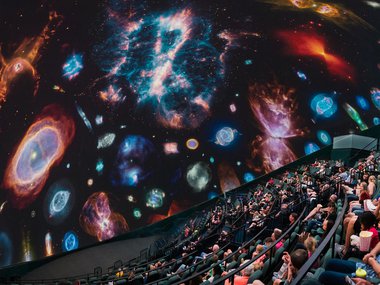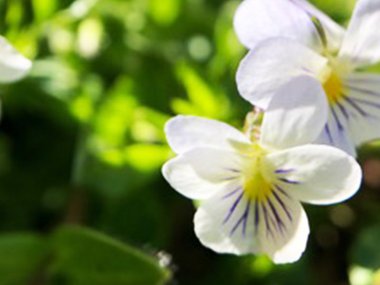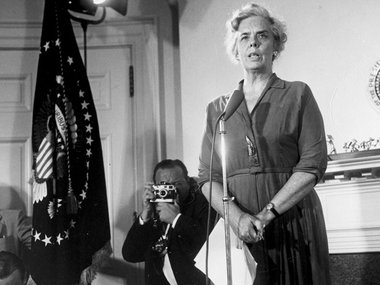Getting Involved with Citizen Science: No Lab Coat or PhD Required
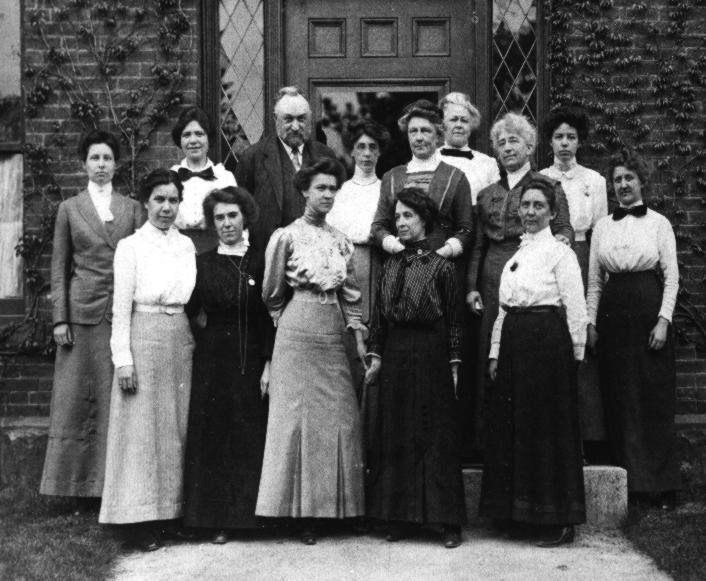
Photograph from the Harvard-Smithsonian Center for Astrophysics of the Harvard Computers, a group of women who worked under Edward Charles Pickering at the Harvard College Observatory. The photograph was taken May 13, 1913 in front of Building C, which was then the newest building at the Observatory. The image was discovered in an album that belonged to Annie Jump Cannon.
Hello, science lovers. Niki Yarger here. While I miss my spot leading astronomy shows in The Dome, I’m happy to get the chance to share community science opportunities with you here.
As much as I enjoy consuming the written word, I have been far too antsy these days to feel any sense of comfort sitting still and passively reading. Instead of relaxing with a storyline, lately I have been transcribing the notebooks of historic American women astronomers. It gives me something to do with my hands and my mind while allowing me the sense of a modicum of control. If you would like to find a similar sense of command over your domain, or if you want to actively apply your observational skills outside the usual everyday routine, there are some inspiring indoor and outdoor pursuits that offer you the chance to get involved. Choose your own adventure with citizen science projects from around the globe!
Project PHaEDRA
Let’s jump right in and focus on those notebooks previously mentioned. Recently I came across a community science project hosted by the Smithsonian Institute called Project PHaEDRA. In this project, we are digitizing the lab notebooks of the Harvard Computers, the women hired to take on the important task of data collection at the Harvard Observatory in the late 19th and early 20th century. Here is a snippet of background from the website.
“Project PHaEDRA is an initiative by the Wolbach Library, in collaboration with many partners, to catalog, digitize, transcribe and enrich the metadata of over 2,500 logbooks and notebooks produced by the Harvard Computers and early Harvard astronomers. Our goal is to ensure that this remarkable set of items, created by a remarkable group of people, is as accessible and useful as possible.”
Lately, I have been reading Henrietta Swan Leavitt’s and Annie Jump Cannon’s lab notebook, familiarizing myself with their handwriting and contributing to these ongoing transcription projects. (Side note: finally, my comprehension of cursive is deemed useful in modern society!)
By the way, Cannon and Leavitt were both deaf. The record of their hard work and accomplishments takes me out of myself and catalyzes me to see the bigger picture. It is enjoyable to see the world through different lenses from time to time.
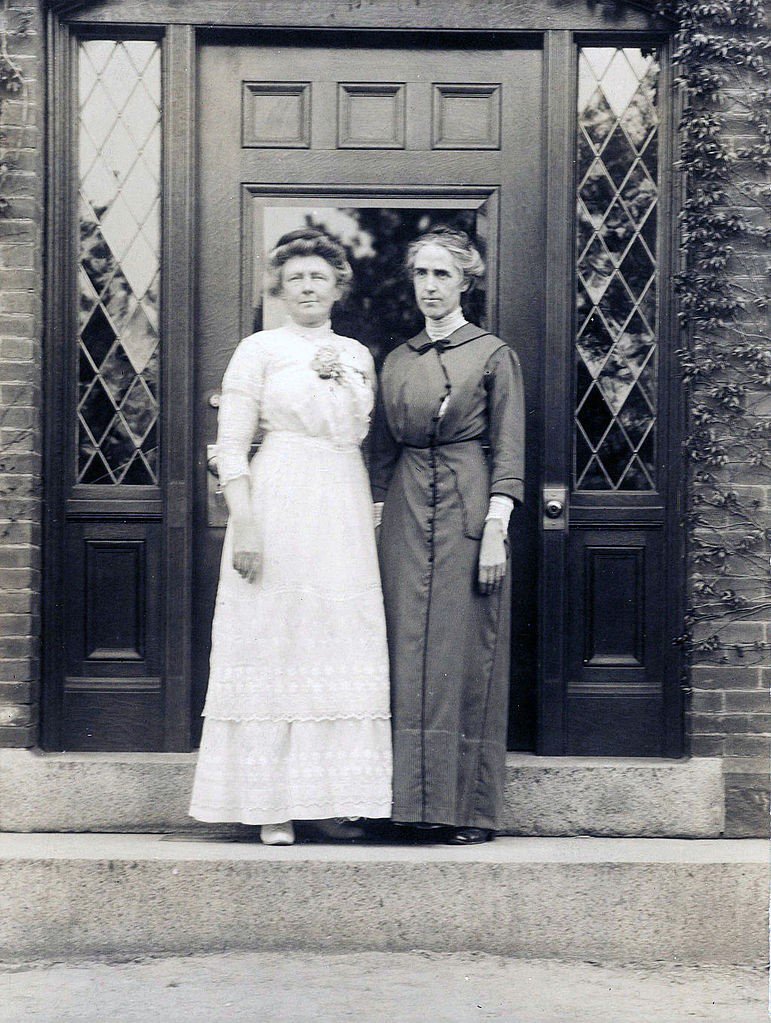
Annie Jump Cannon and Henrietta Swan Leavitt (right), stellar researchers who paved the way for future women astronomers, are pictured together in this Harvard University Library photo from May 1913. Cannon (1863 - 1941) was an American astronomer who greatly contributed to the modern stellar classification system we use today, organizing stars by their temperature and spectra. Leavitt (1868 - 1921) was an American astronomer who discovered the relation between the luminosity and period of Cepheid variables, a type of fast-spinning star that varies in both temperature and radius. Her discovery, sometimes called Leavitt’s law, provided astronomers with the first “standard candle” and is used today to measure stellar distance in faraway galaxies.Participating in this project not only helps me bide my time at home, it allows me an insight into the minds of these women – the “computers” of their time – by observing their actual writing. They were remarkable pioneers who laid the foundation for much of the modern understanding of the composition, structure and scale of the universe.
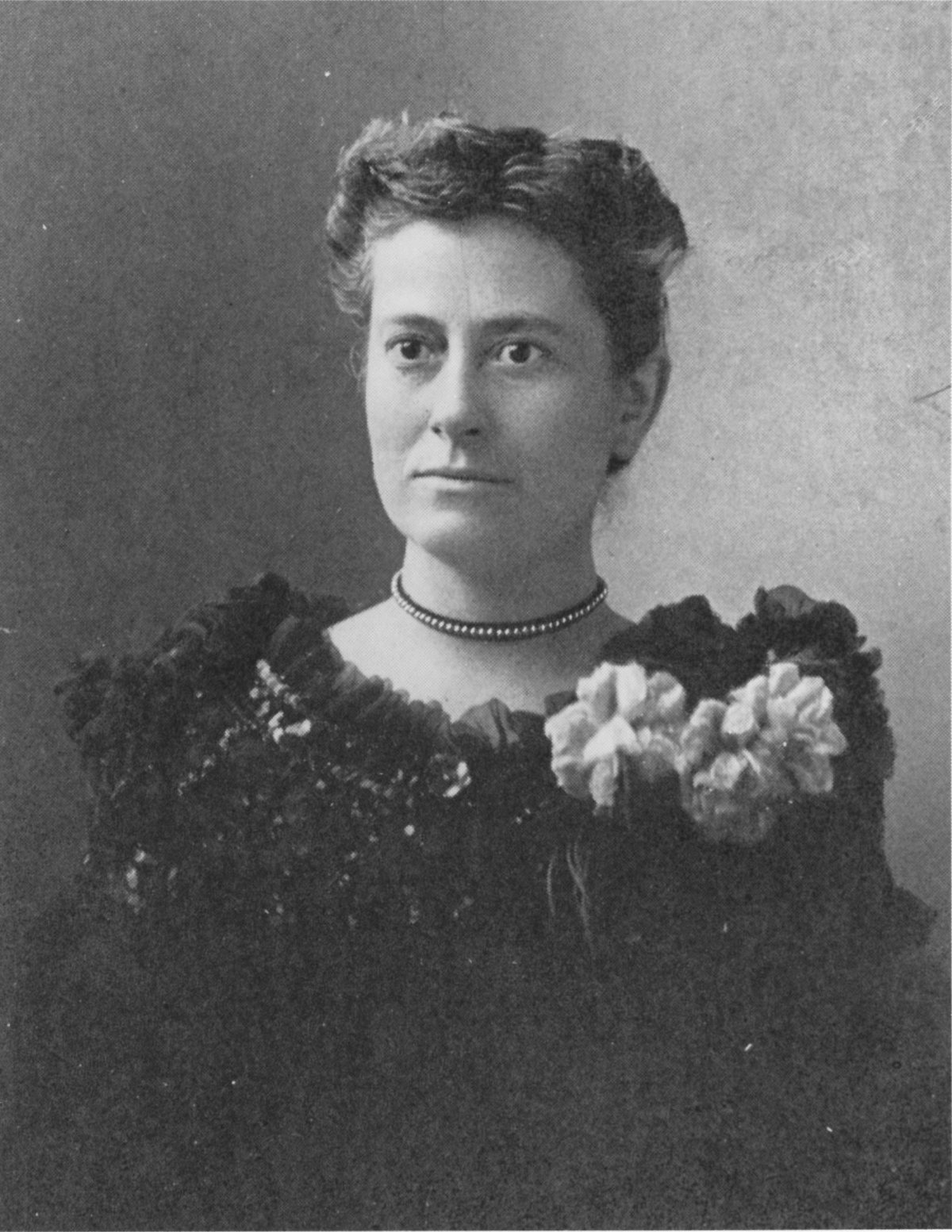
Williamina Paton Stevens Fleming (1857-1911) was a Scottish astronomer who worked in the U.S. at the Harvard College Observatory. She is credited with helping to develop a common designation system for stars, cataloging thousands of astronomical phenomena, and for her discovery of the Horsehead Nebula in 1888. (Image courtesy of the Curator of Astronomical Photographs at Harvard College Observatory)
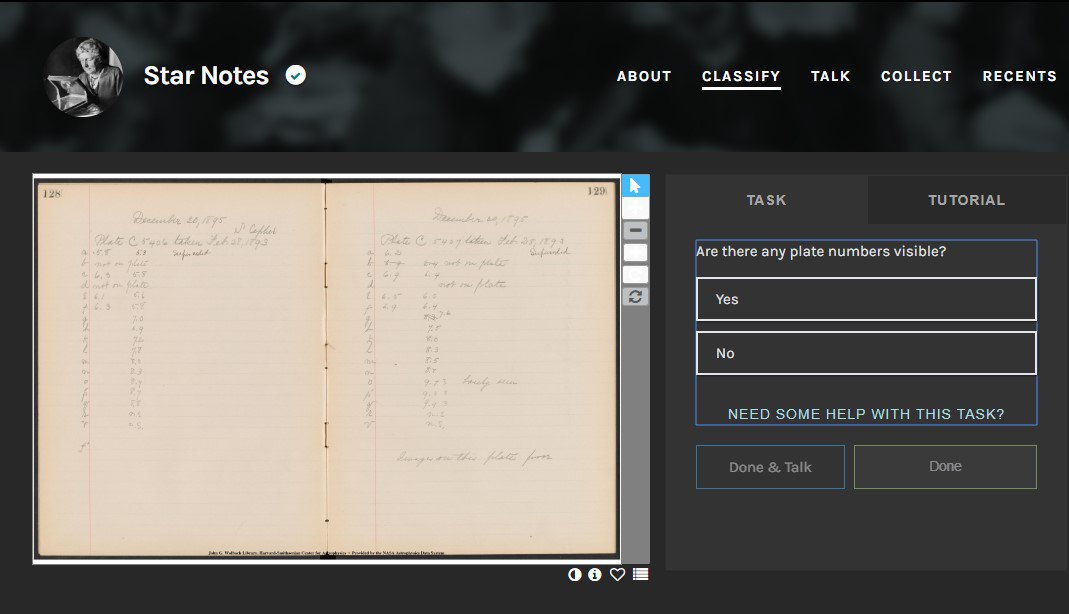
Astronomy-related citizen science project Star Notes, hosted by Zooniverse, asks participants to find the plate number associated with astronomical observations by the so-called Harvard Computers, box it and type it.
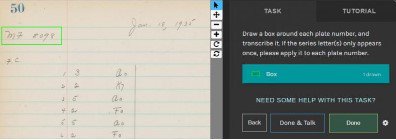


Star Notes
Maybe astronomy is your thing but you’re looking for a project with a quicker pace. Star Notes, hosted by Zooniverse, might be more up your alley. While the task of transcribing remains, the commitment is a little less with this project and it has a more game-like feel.
A little background information: before film was the capture medium in photography, glass plates were used for research-quality imaging. Many solar system objects were discovered by comparing subsequent/successive images on these photographic plates.
Rather than transcribing every character on a given notebook page, for Star Notes you simply find the plate number, box it and type it. This project has you looking for the plate numbers associated with astronomical observations and uses the notebooks of Cannon, Leavitt and Williamina Fleming, another of the so-called Harvard Computers. There is an easy-to-follow tutorial to guide you through the process. You can also check out other recent classifications, select your favorites and chat with fellow community scientists from across the globe!
There are projects in every discipline hosted on the Zooniverse platform, so you really have a lot of choices. Did I just spark your attention with the mention of choices? Maybe you’d like to choose your own adventure altogether.
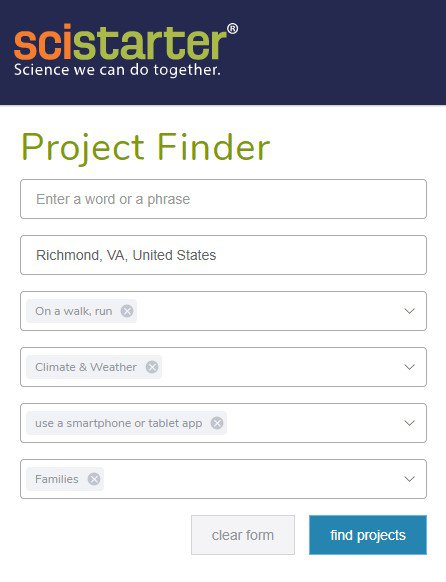
SciStarter
SciStarter is celebrating April as Community Science Month and, good news, you are a part of the community! SciStarter touts itself as “people-powered research.” There are opportunities to take pictures of clouds, map out mosquito habitats or even measure the light pollution in your neighborhood on an evening walk … all for science! You can contribute to community science by simply walking with a purpose.
If you have an idea of what you want to do, you can easily search for your match on SciStarter. For example: let’s say you want to do some science in Richmond, Va. while you go for a walk, and you don’t want to print any materials (save the trees!) so let’s look for projects that require a smartphone or tablet. Some of you will want to bring the kids along so, good news, you can search for opportunities the whole family can do together. And go!
SciStarter has citizen science opportunities to take pictures of clouds, map out mosquito habitats or even measure the light pollution in your neighborhood on an evening walk. If you have an idea of what you want to do, you can easily search for your match on SciStarter.
City Nature Challenge
Maybe you want to participate in a project *and* represent RVA at the same time. If so, the City Nature Challenge might be for you.The City Nature Challenge is an international effort where people find and document plants and wildlife in cities across the globe. As the City Nature Challenge folks say, “not only do you learn more about your local nature, but you can also make your city a better place – for you and other species!”
While the competition portion of the challenge has been cancelled due to COVID-19, I still challenge you to download the iNaturalist app and participate in this collaborative effort to document our local biodiversity.
You can participate locally in the City Nature Challenge in just three easy steps:
- Find wildlife: The category “wildlife” is quite expansive. It includes any plant, animal or even evidence of life that can be found in your urban neighborhood.
- Record your observation: Take a picture of the wildlife you find and make sure you note its location.
- Share and discuss: Share your observations with fellow naturalists through iNaturalist via our local partner Lewis Ginter Botanical Garden and discuss your findings.
Keep in mind these important dates as the 2020 City Nature Challenge takes place in two phases:
- April 24 – 27 Taking pictures of wild plants and animals.
- April 28 – May 3 Identifying what was found.
That’s it! It’s easy as that--walk, snap, share, discuss!
Make This Time Count
Whether you are looking to take a personal voyage in the confines of your own home by participating from your personal pad or you want to stretch your legs and head out for a walk, there are many avenues you can take to reach your destination of being a citizen scientist. Don’t be afraid to try something new! Rosie the Riveter would flex and say, “We can do it!” We are capable of so much more than we often allow ourselves to try.
Science is a journey. With citizen science, you get to select your path and curate your soundtrack. Life is a highway … nevermind. My point is, many of us have found ourselves with time to fill so let’s fill our time with lasting value.

